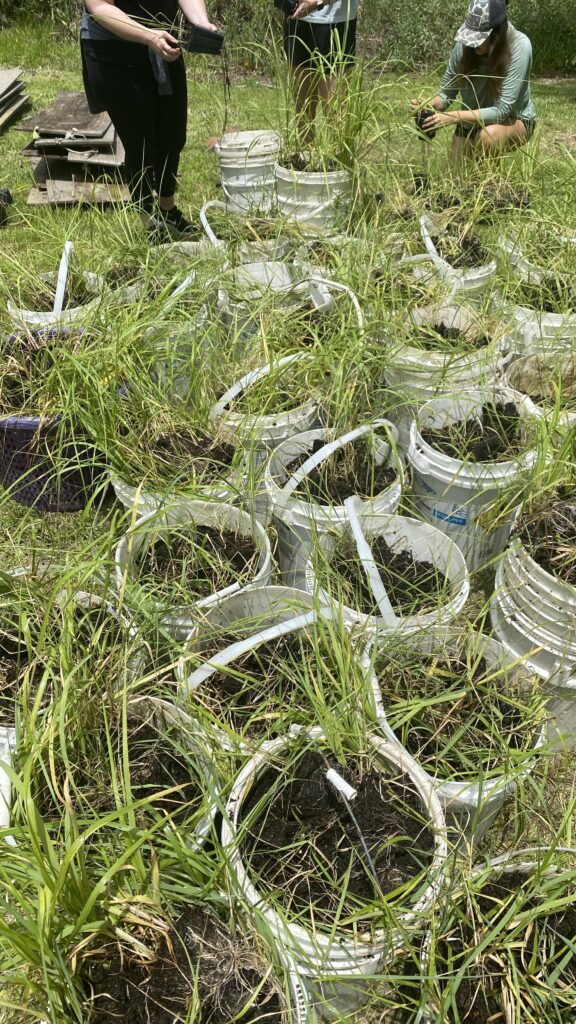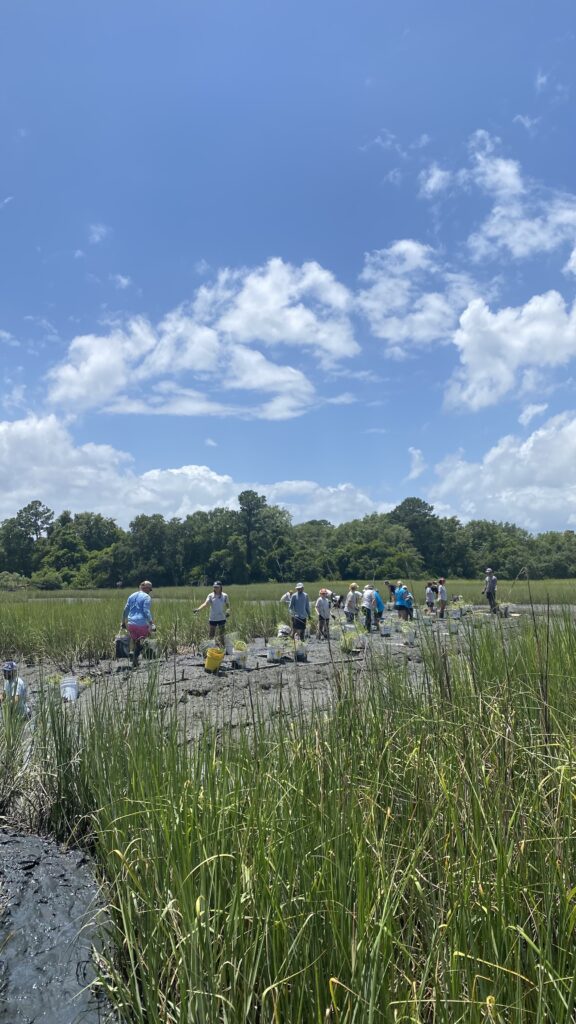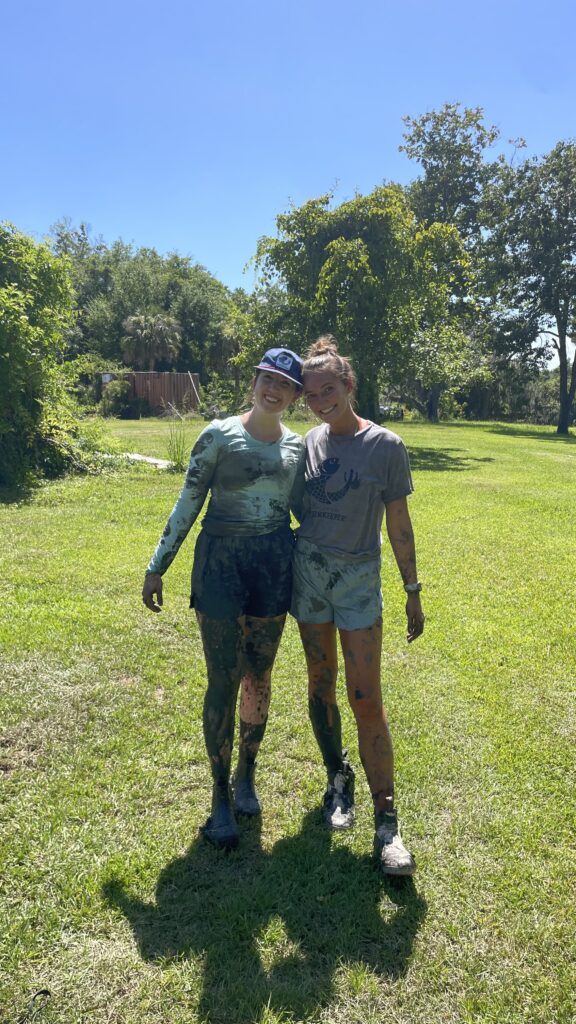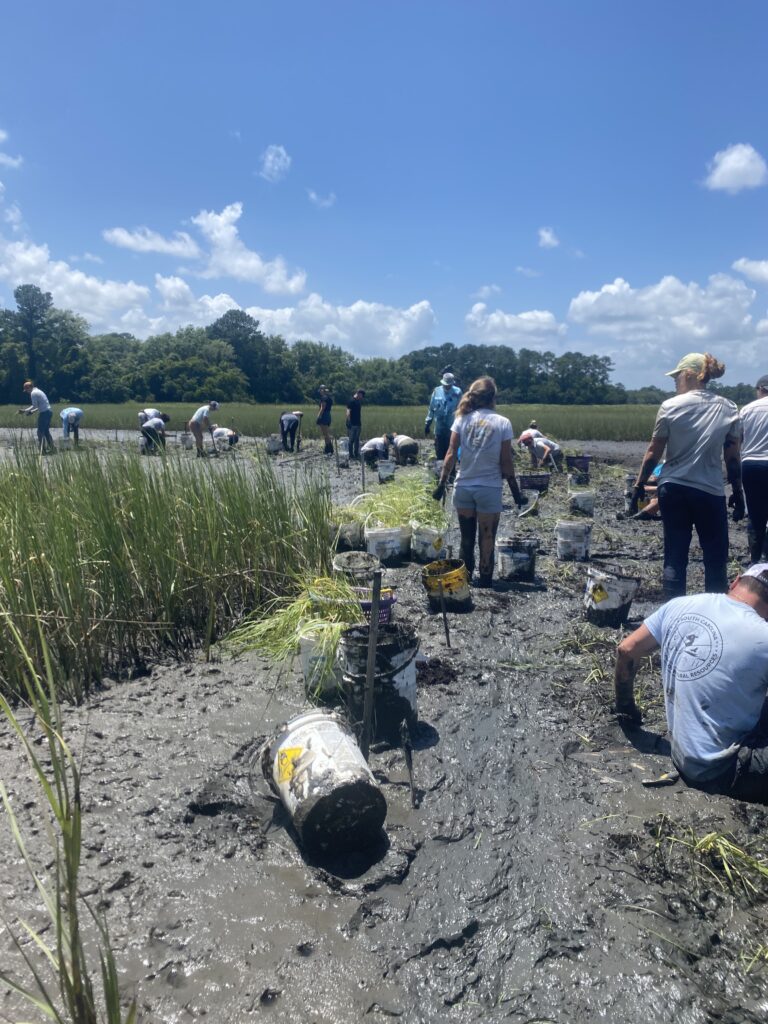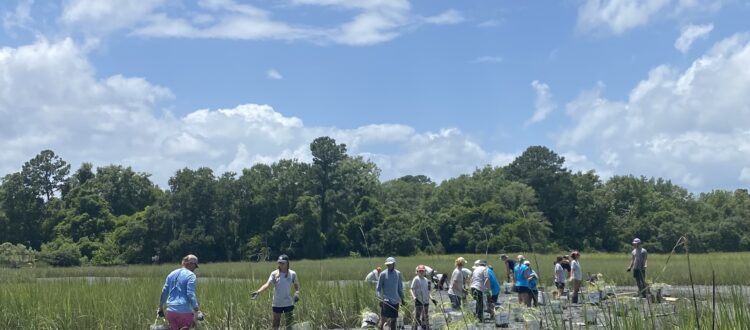Restoring your Marshes with SCDNR SCORE
The smell of the pluff mud and the scenic views of our marshes are not only iconic to South Carolina’s coastal landscape, but our salt marshes play an vital role in keeping your waterways clean by filtering and trapping sediments and pollutants, preventing erosion, providing a buffer against storms, and habitat for all kinds of creatures.
However, changes in sea level, storms, and development can take a toll on the marsh. Keep reading to learn more about how our partners, the South Carolina Oyster Recycling and Enhancement (SCDNR SCORE) team, works year-round to restore your marshes and maintain the gorgeous grass that makes up your beautiful estuaries!
Seed Collection
Seed collection season is an urgent time beginning around the end of October or beginning of November, lasting about 4-5 weeks. Each blade of Spartina grass only produces one set of seeds per year and SCORE’s goal is to collect 3 million seeds per season! So volunteers, Charleston Waterkeeper, and SCDNR SCORE team members collect as many seeds as they can during each event, since floods and storms can wash away the seeds and cut the collecting season short.
Collecting seeds starts by running your hand along the blade of Spartina grass, and if the seeds easily fall off in your hand, the plant is ready to release its seeds!
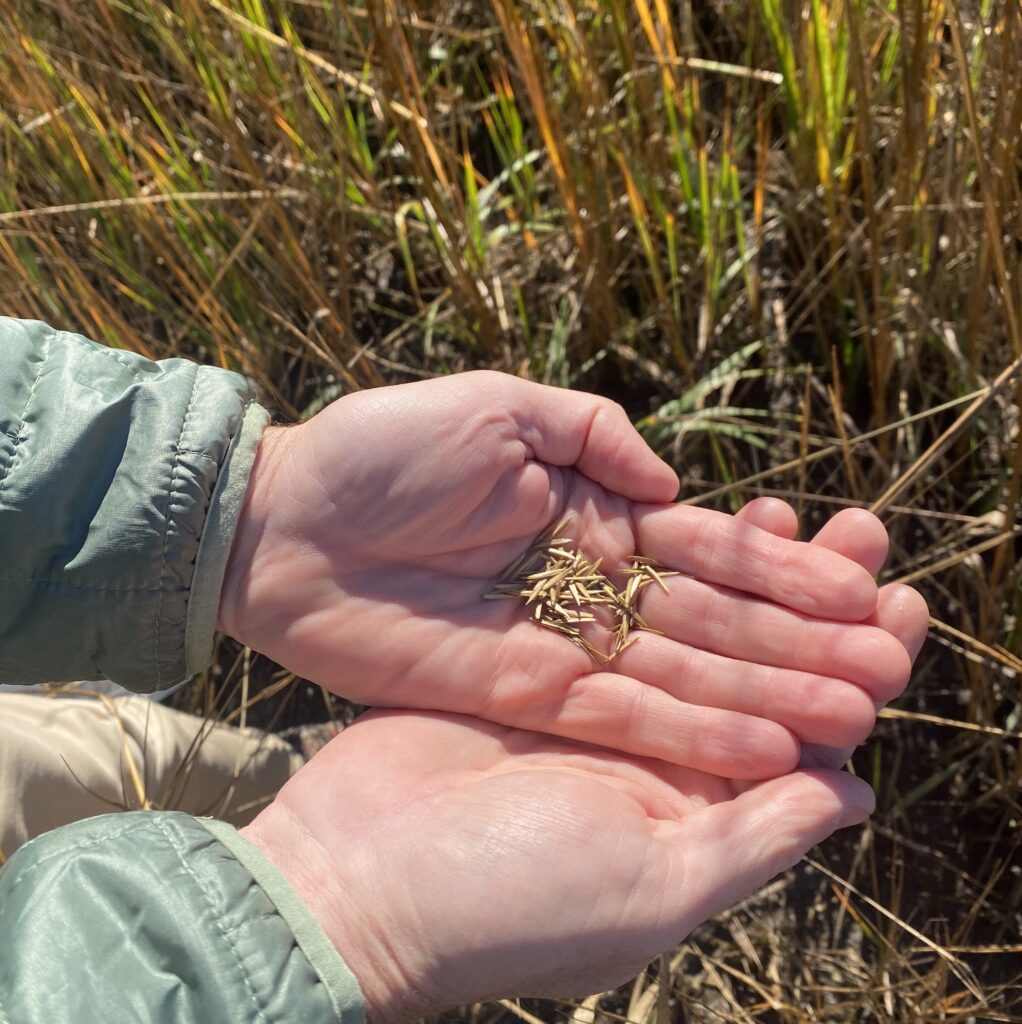
According to Kelly Lambert, one of SCORE’s wildlife biologists, volunteers act as the wind or the wave when collecting seeds, causing the seeds to fall naturally as if it were the breeze or the tides. But are we harming the healthy marshes by taking the seeds?
Although the Spartina grass dies back during the winter, established marshes do not necessarily rely on seeds to grow back in the spring. Since they can grow rhizomatically, stemming off of existing root systems to grow new plants, collecting seeds doesn’t do any harm to our healthy marshes!
Dormancy Phase & Germination
After seeds are collected, they are stored in a refrigerator for 3-4 weeks to simulate “Winter”, and then pulled out and placed in the warmer temperatures in the greenhouse to simulate “Spring”. The increase in temperature signals to the seeds to start sprouting, and the seeds typically begin to sprout within 1-2 weeks, depending on temperature. Typically only 2% of seeds germinate, leaving the team with roughly 60,000 seedlings to plant.
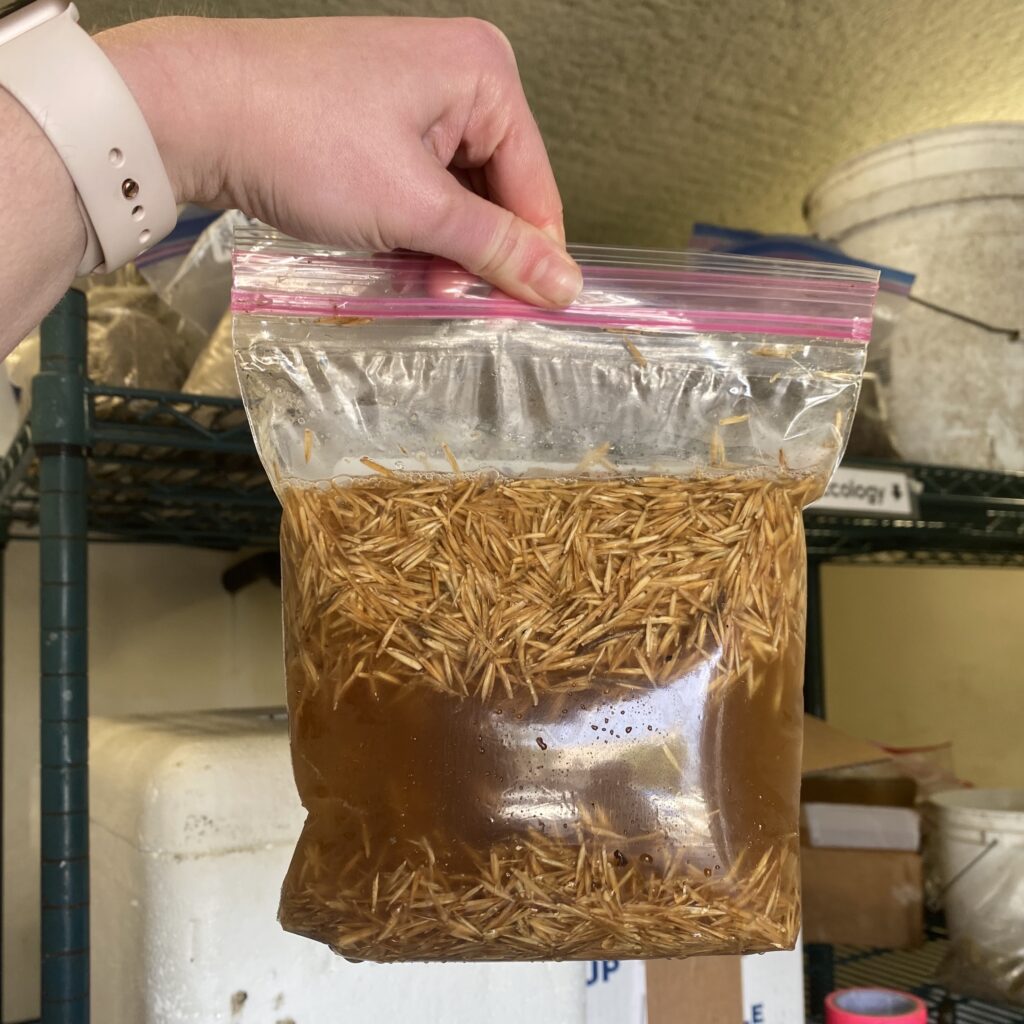
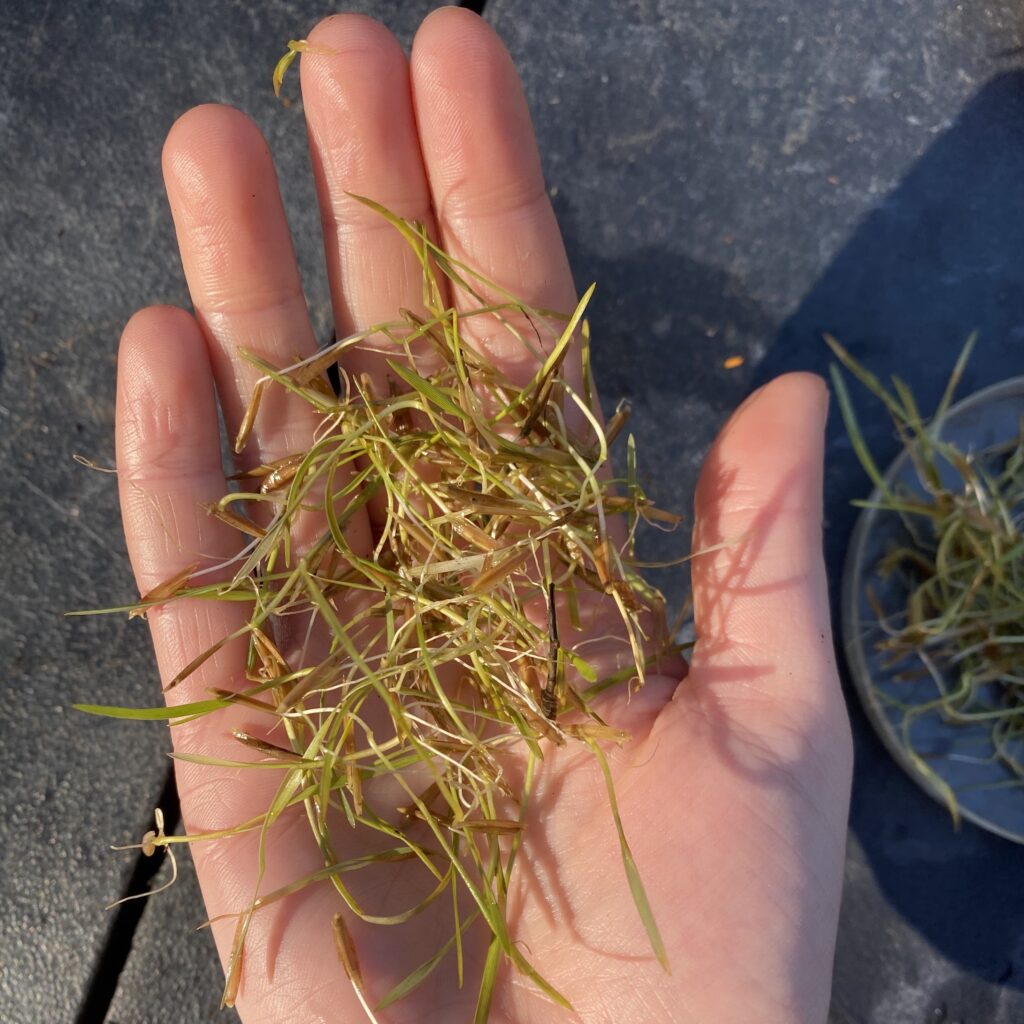
Planting Seedlings & Greenhouse Time
Once seeds have germinated, the SCORE team and our volunteers start planting seedlings between February and May, trying to grow as many strong, healthy plants as they can. The plants stay in the greenhouse for 4-6 months, getting lots of water along the way and growing to about 1-2 feet before getting planted in the marsh!
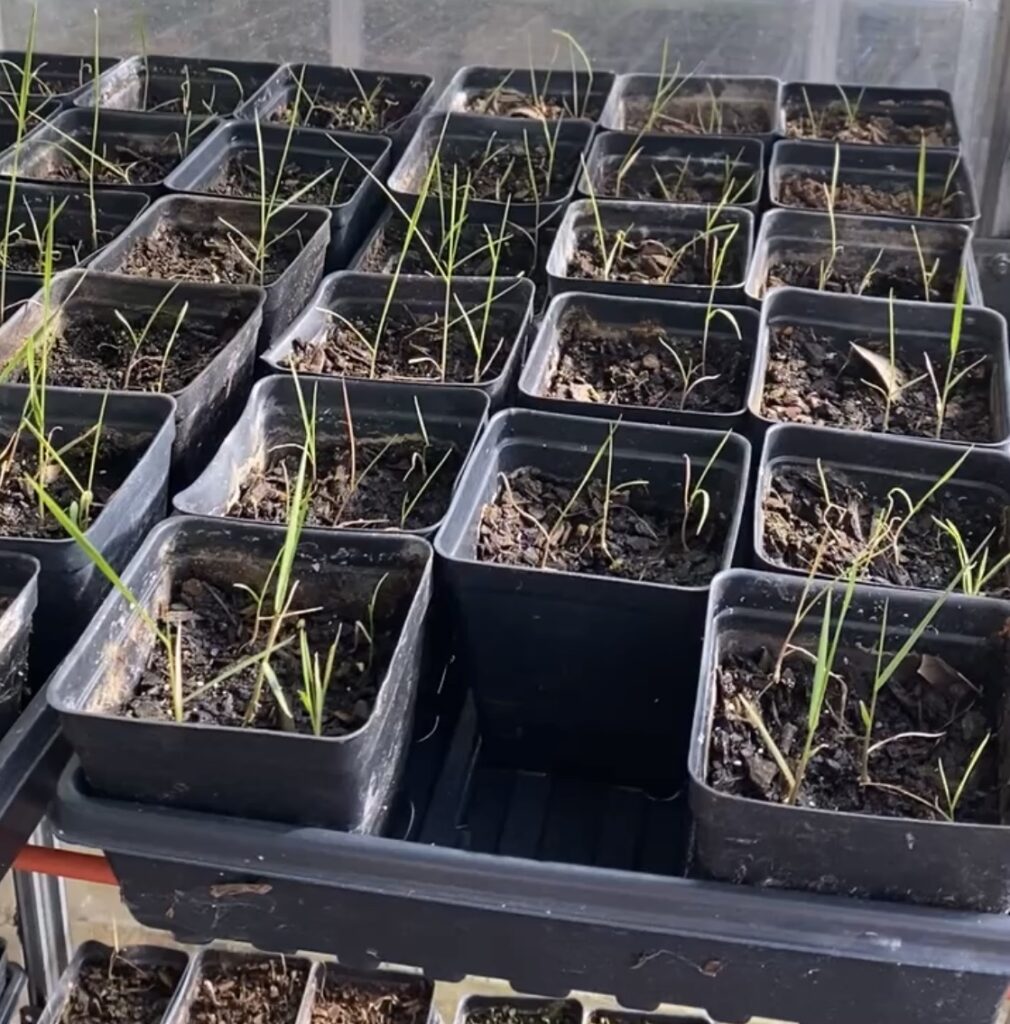
Planting in the Pluff Mud
When the plants are strong and tall, it’s time to plant them in the pluff mud! Spartina planting usually begins around April and runs through August. In 2023, SCORE held 12 Spartina grass planting events with over 20,0000 Spartina grass plugs planted, creating over 4.2 miles of new habitat. After the Spartina is planted in the mud, there is a brief adjustment period from freshwater to saltwater, and then the plants begin building a robust root system that holds the mud in place, prevents shoreline erosion, filters runoff and pollutants, and improves your water quality!
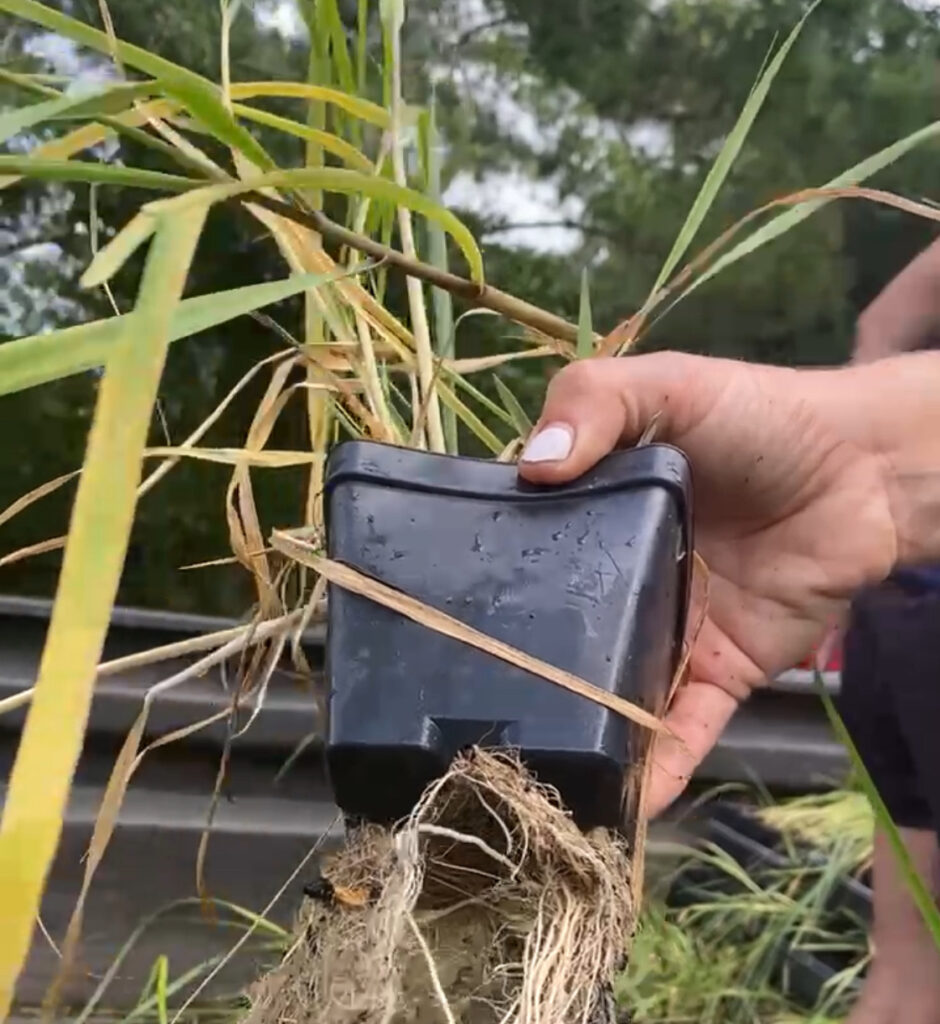
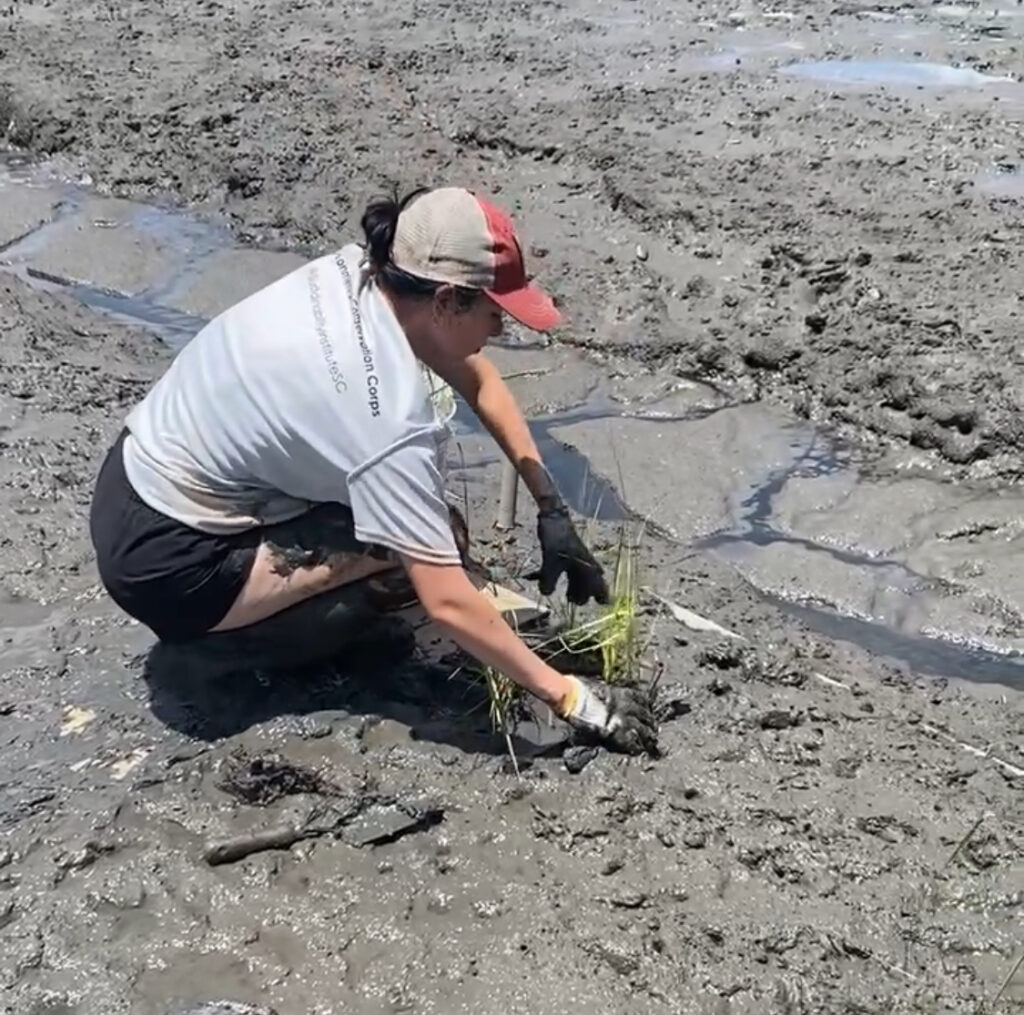
Ready to get your hands dirty?
Click here to learn more about the SCDNR SCORE Program!
Click here to check out the Instagram reel!
